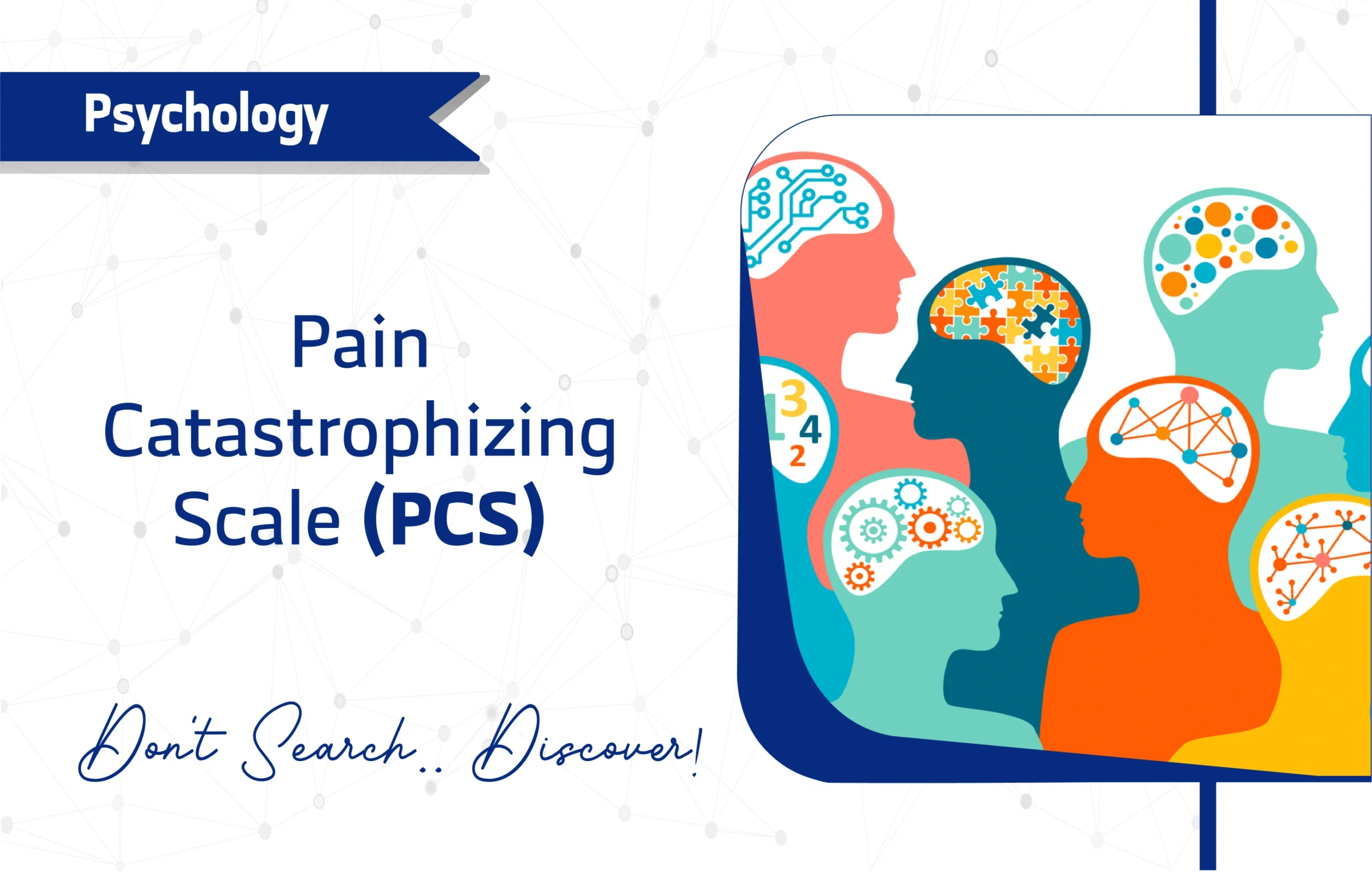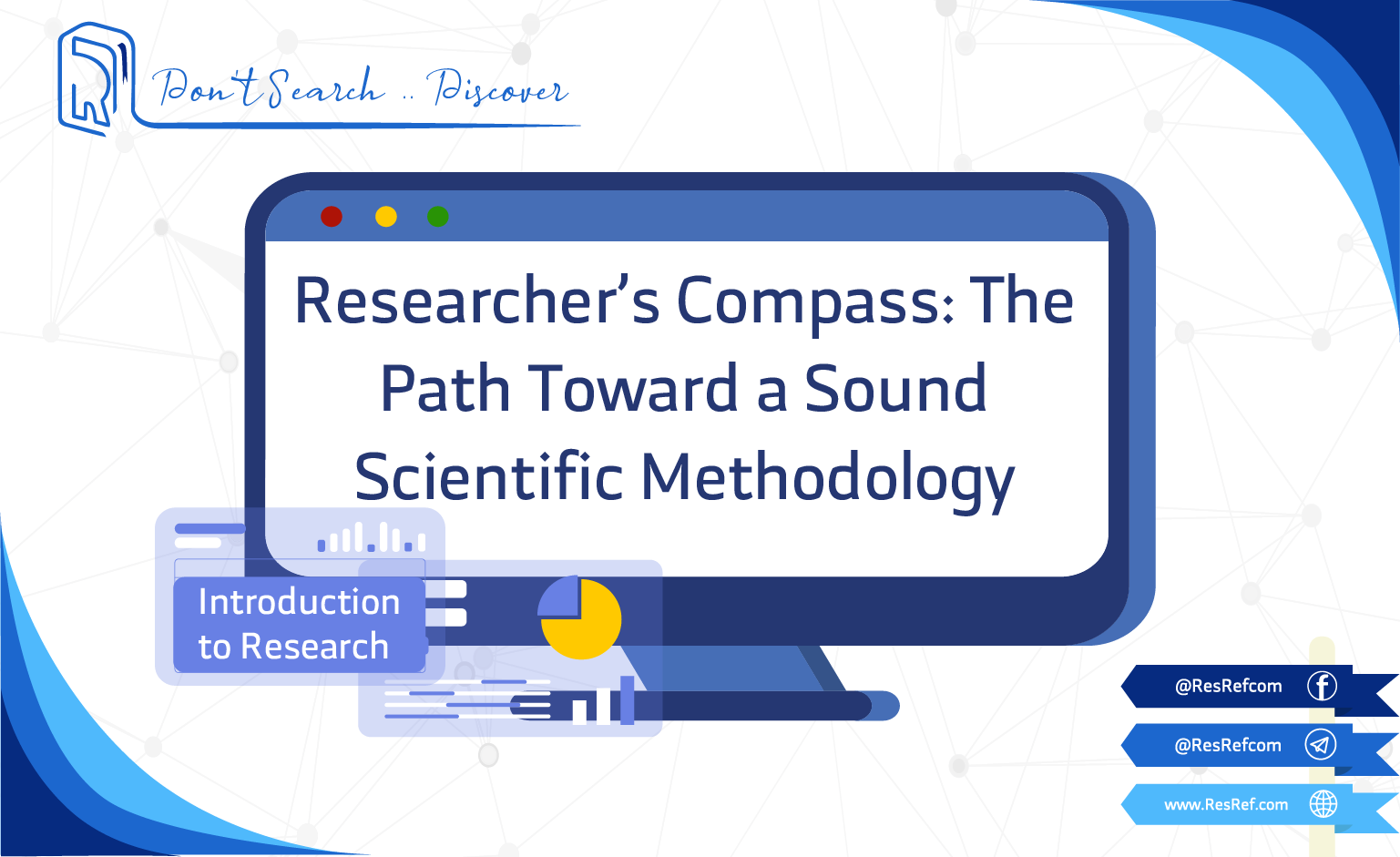Introduction
The Pain Catastrophizing Scale (PCS) is a validated instrument that assesses the psychological impact of pain, focusing on rumination, magnification, and helplessness. Michael J.L. Sullivan, Scott R. Bishop, and Jayne Pivik developed the PCS in 1995. Since then, it has been cited in over 9,500 studies, which underscores its importance in pain psychology. The original publication appeared in the journal Psychological Assessment by the American Psychological Association (APA). Today, the Mapi Research Trust distributes the PCS.
This article offers a concise overview of the PCS, including its structure, clinical relevance, and research applications. As a result, it aims to support effective use in both scientific and healthcare settings.
Key Features of the Pain Catastrophizing Scale
Purpose and Use
The PCS primarily assesses catastrophic thinking related to pain. It covers three distinct sub-domains of pain psychology: rumination, magnification, and helplessness. By evaluating these components precisely, the PCS allows clinicians and researchers to gain a comprehensive understanding of how individuals cognitively and emotionally process pain. Therefore, this detailed assessment supports effective treatment planning and research methodologies.
Questionnaire Details
The PCS includes 13 questions, each crafted to capture specific aspects of pain catastrophizing. These items are categorized into three subscales:
- Rumination (4 items): These questions assess the tendency to focus excessively on pain sensations and thoughts (e.g., “I can’t stop thinking about how much it hurts”).
- Magnification (3 items): This subscale evaluates the exaggeration of the threat or severity of pain (e.g., “I worry something serious will happen”).
- Helplessness (6 items): This component measures the perception of being unable to cope with or control pain intensity (e.g., “There’s nothing I can do”).
This structured item coverage ensures a thorough evaluation of the various facets of pain catastrophizing.
Target Population
The PCS is validated for adults aged 18 and older. It is particularly suitable for young adults (18–24 years), middle-aged adults (25–44 years), older adults (45–64 years), and seniors (65+ years).
Furthermore, it is designed for individuals experiencing pain from a wide range of pathologies or diseases. Due to this broad applicability, the PCS serves as a versatile tool across diverse patient populations.
Languages Available
To support global research and clinical use, the PCS has been translated into more than 20 languages. The original version was developed in English for use in Canada. Currently, the scale is available in several major languages, including Arabic, Mandarin Chinese, Spanish, French, Russian, German, Portuguese, Japanese, and Hindi.
Consequently, its multilingual availability greatly enhances its utility in international studies and multicultural clinical settings.
Administration Format, Time, Cost, and Licensing
Patients can complete the PCS in 5–10 minutes. The scale is available in paper, digital (online), or interview (in-person) formats. Since it is self-administered, no special training is needed. However, the PCS remains a proprietary tool. Therefore, permission must be obtained for use, particularly in commercial or funded research settings.
Scoring Method
The PCS consists of 13 items, each scored on a 5-point Likert scale from 0 (“Not at all”) to 4 (“All the time”), resulting in a total score ranging from 0 to 52, where higher scores reflect greater pain catastrophizing.
The scale includes three subscales, each computed by summing the responses to the following items:
- Rumination (0–16): Items 8, 9, 10, 11
- Magnification (0–12): Items 6, 7, 13
- Helplessness (0–24): Items 1, 2, 3, 4, 5, 12
A PCS score above 30 suggests a clinically significant level of catastrophizing. This threshold helps identify individuals who may benefit from targeted interventions. Subscale scores also offer deeper insight into the specific cognitive patterns that influence pain. Thus, clinicians can enhance diagnostic accuracy and tailor treatment strategies accordingly.
Clinical Utility and Applications
The PCS serves multiple vital roles in both clinical practice and research endeavors, making it an indispensable tool for pain management professionals.
- Screening: Clinicians effectively use the PCS to screen for significant levels of pain catastrophizing in patients, which helps in identifying individuals at higher risk for poor pain outcomes.
- Monitoring: The PCS allows for continuous monitoring of changes in catastrophic thinking over time, particularly throughout the course of treatment. This is crucial for evaluating intervention effectiveness.
- Treatment Planning: Professionals can tailor treatment plans based on PCS scores. For example, a high score in helplessness might indicate a greater need for strategies that enhance self-efficacy and coping skills.
- Research: Researchers widely employ the PCS in clinical trials to evaluate the impact of various interventions on pain catastrophizing, thereby contributing to evidence-based pain psychology.
Reliability and Validity
The PCS demonstrates strong reliability and validity. Typically, Cronbach’s alpha values range from 0.87 to 0.95, indicating excellent internal consistency. Additionally, test-retest reliability, measured by the Intraclass Correlation Coefficient (ICC), varies from 0.70 to 0.94.
These robust psychometric properties confirm the PCS’s consistency and accuracy across populations and over time. Researchers frequently rely on the PCS for longitudinal studies. For foundational insights, the original validation study by Sullivan et al. (1995), available via APA PsycNet, remains a crucial reference.
Limitations and Considerations
Despite its strengths, the PCS has limitations:
- Self-report: Participant responses may reflect their interpretations rather than actual experiences.
- Social Desirability Bias: Individuals might respond in ways they believe are socially acceptable. This bias can affect result accuracy.
Other Versions and Related Questionnaires
Several PCS adaptations address specific clinical or research needs:
- Pain Catastrophizing Scale for Children (PCS-C): Developed for adolescents aged 13–17 years.
- Daily PCS (14 items): Captures day-to-day variations in pain catastrophizing.
- Short Forms (PCS-6, PCS-4, BriefPCS): These versions reduce respondent burden. However, they offer less precision, so caution is necessary when interpreting individual scores.
These adaptations maintain the core principles of the PCS while offering greater flexibility. Related instruments include the Chronic Pain Acceptance Questionnaire-Revised (CPAQ-R), the Tampa Scale for Kinesiophobia, and the Pain Anxiety Symptom Scale (PASS).
Additional Resources
For expert users seeking detailed information on the Pain Catastrophizing Scale (PCS), the following resources provide valuable tools and research:
- PCS Manual (Aspect Health): Comprehensive guide on administration, scoring, and interpretation.
- Original Validation Study – Sullivan et al., 1995: Foundational study establishing the PCS’s psychometric properties.
- Pain Catastrophizing Scale – Physio-Pedia: Clinical summary for rehabilitation and physiotherapy professionals.
- Oregon Pain Management Commission (PDF): Includes the full PCS questionnaire and scoring instructions in a printable format.
- PNP Specialists – PCS Form (PDF): Clinician-friendly PCS form for practical use.
- Michael Sullivan’s Research Page (McGill University): Access to research and updates from the PCS’s original developer. For inquiries, contact: michael.sullivan@mcgill.ca
Frequently Asked Questions (FAQ)
- Who can use the PCS?
Clinicians, researchers, and healthcare providers can use the PCS to assess adults experiencing pain from various causes. - How long does it take to complete the PCS?
Most patients complete the PCS within 5 to 10 minutes. Therefore, it is well-suited for use in clinical and research environments. - How is the PCS administered?
Users can complete the PCS via paper, digital, or in-person interviews. This flexibility accommodates different clinical workflows. - Is there any cost to using the PCS?
Yes, the PCS is a proprietary tool. Therefore, permission is required for its use, and licensing fees may apply, especially in commercial or funded research contexts.
A Word From ResRef
The PCS remains a cornerstone of pain psychology, providing rich insights into catastrophic thinking. Although daily and abbreviated versions offer practical flexibility, the full 13-item version should remain the preferred choice for individual assessments. Moving forward, researchers should explore cultural adaptations and examine ways to integrate the PCS with digital health technologies.
References
Sullivan, M. J. L., Bishop, S. R., & Pivik, J. (1995). The Pain Catastrophizing Scale: Development and validation. Psychological Assessment, 7(4), 524–532. (Link)








1 thought on “The Pain Catastrophizing Scale (PCS): A Full Guide for Researchers and Clinicians”
Thanks to your detailed explanations.